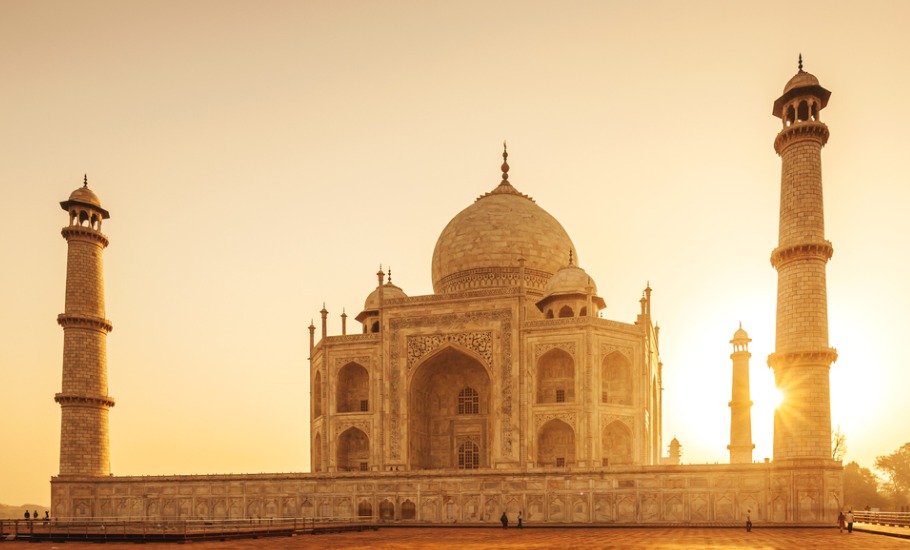
Over one-third ASI monuments located in 5 states worst hit by pandemic
The nod for reopening ASI-protected monuments across the country from Monday (July 6) has triggered concern among people since over one-third of such structures are located in the five states that are worst affected due to the COVID-19 pandemic.

The nod for reopening ASI-protected monuments across the country from Monday (July 6) has triggered concern among people since over one-third of such structures are located in the five states that are worst affected due to the COVID-19 pandemic, according to a listing by the Archaeological Survey of India (ASI).
These states include Maharashtra, Tamil Nadu, Delhi, Gujarat, and Uttar Pradesh. National capital Delhi, one of the worst-affected cities, has around 174 such monuments while the Taj Mahal, the greatest tourist attraction in India, is located in neighbouring Uttar Pradesh. Meanwhile, authorities have said that Taj Mahal will not be opened from Monday.
The Union Culture ministry gave a nod to open all the ASI-protected monuments across the country from Monday for visitors. The move came after more than 100 days of shutdown in the country in wake of the COVID-19 outbreak that has already claimed more than 20,000 lives while the cases count has breached the seven lakh-mark.
There are a total of 2,696 (3,691 actual monuments since some places have more than one monument) such monuments in the country, according to a list provided by the ASI. Out of these, a total of 1,128 (or 41 per cent) are located in the five worst-affected states.
The protected structures are declared as monuments of national importance under Ancient Monuments and Archeological Sites and remains Act, 1958, and are maintained by the ASI as per the due procedure.
Of the five states, Tamil Nadu has the most – 413 – number of such monuments. The state has so far reported 1.14 lakh cases of the infection, second to only Maharashtra, which has breached the 2 lakh-mark. There are 75 such monuments in Maharashtra. Meanwhile, Delhi which has 174 such monuments, is third in the COVID-19 tally with around a lakh cases.
While Gujarat, which has reported 36,037 cases, has 202 monuments, Uttar Pradesh with a COVID-19 count of 27,707 cases, has 264. Karnataka, which is seeing a rapid increase in the number of infections, has 207 protected monuments within its jurisdiction. The rest of the monuments are spread across other states.
Related news: All ASI monuments, including Taj Mahal, Red Fort to reopen from July 6
The government incurs a huge expenditure on the conservation and preservation of such structures. According to the Ministry of Culture, ₹405 crore was spent on the conservation, preservation, and environmental development of these monuments in 2018-19. During the 2016-18 period, a total of ₹711 crore was spent for this purpose.
These monuments also generate revenue for the government, and though the ministry did not reveal the exact figures, they have listed the top 10 revenue-generating monuments on their official website. These include the Taj Mahal on the top, followed by Agra Fort and the Qutub Minar (Delhi).
All the monuments in the ‘top 10’ list, except the Konark Sun Temple in Odisha, are located in the five worst pandemic-affected states.
Culture Minister Prahlad Singh Patel said that the decision of reopening the monuments was taken in tandem with the ASI. Fresh guidelines have been issued by the ministry for the visitors in view of the pandemic situation. The monuments are to be opened in compliance with the state and district administration, the ministry said.
The decision to reopen the monuments came amid pressure from the various stakeholders in the tourism industry. Several towns have allied economic activities running side-by-side with tourism at these places. And thus, the decision assumes importance as it signifies the opening of such allied industries as well after months of lockdown.


